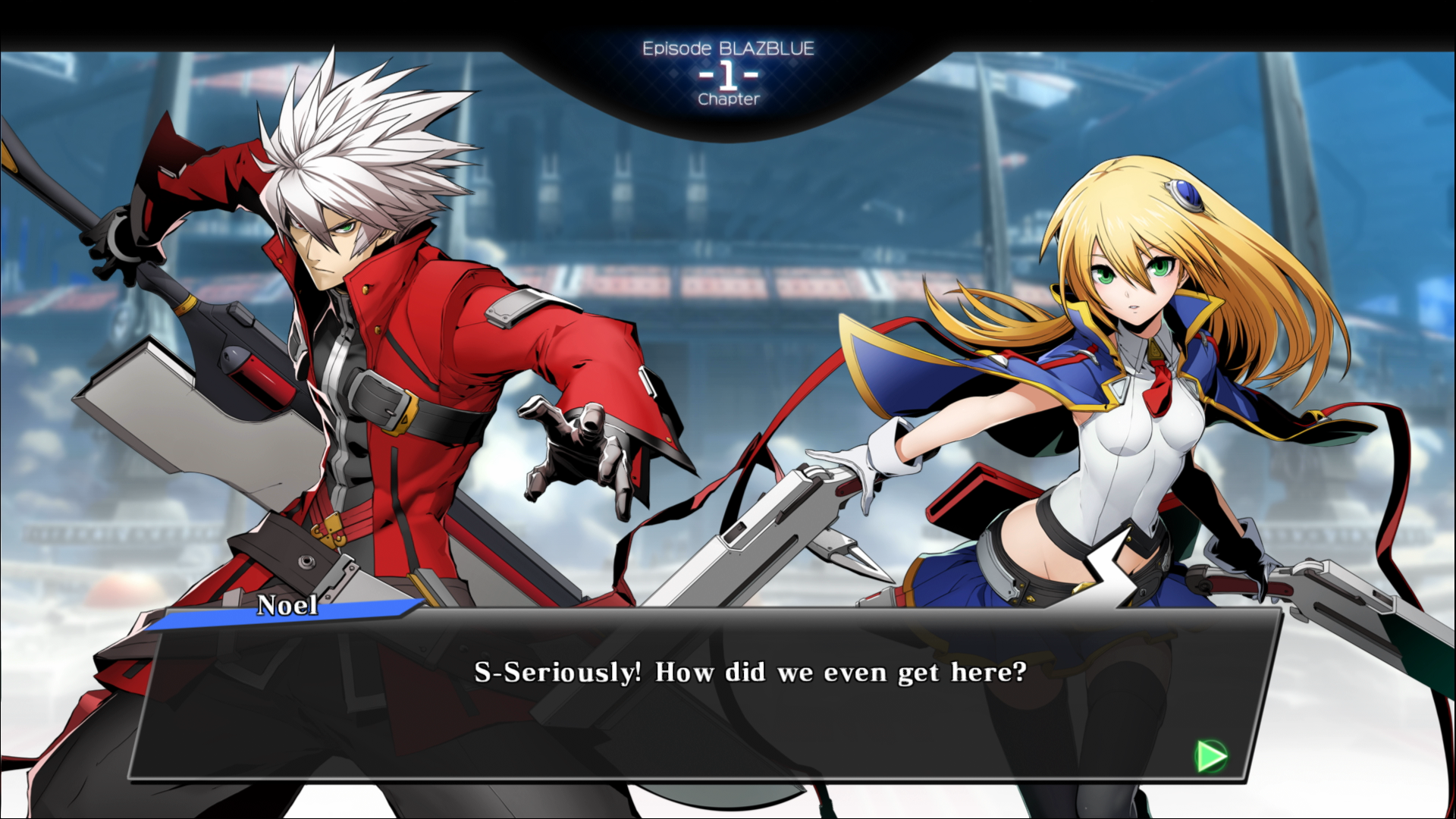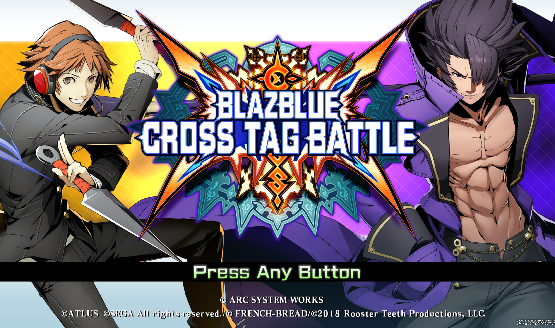You may have heard of Arc System Works, the company devoted to perfecting niche “anime fighting” games. They’ve previously made the Guilty Gear and BlazBlue series, but earlier this year, they launched Dragon Ball FighterZ. Aside from appealing to a large section of Dragon Ball fans, DBFZ was easily accessible for first-time players of fighting games. It seems fitting that their next game would cast a similarly wide net. BlazBlue: Cross Tag Battle appeals to not one, but four fanbases at once, throwing together characters from BlazBlue, Persona 4, Under Night In-Bith, and RWBY. While some of these fighters have appeared previously in other Arc Sys games, Cross Tag mashes them into a new set of mechanics and broadcasts to new players.
To be fully transparent, and to provide a backdrop for the rest of this review, I’m not a years-long veteran of fighting games. Sure, I’ve played rounds of Street Fighter and Mortal Kombat with friends in nights of the distant past. But I didn’t try to learn a fighting game until Dragon Ball FighterZ. Since then, I’ve lightly toed the waters of Arc Sys’ other recent creations. By no means do I honestly know how to play either. And similarly, I’m mostly familiar with Persona 4 Golden, not the other three franchises included in Cross Tag.
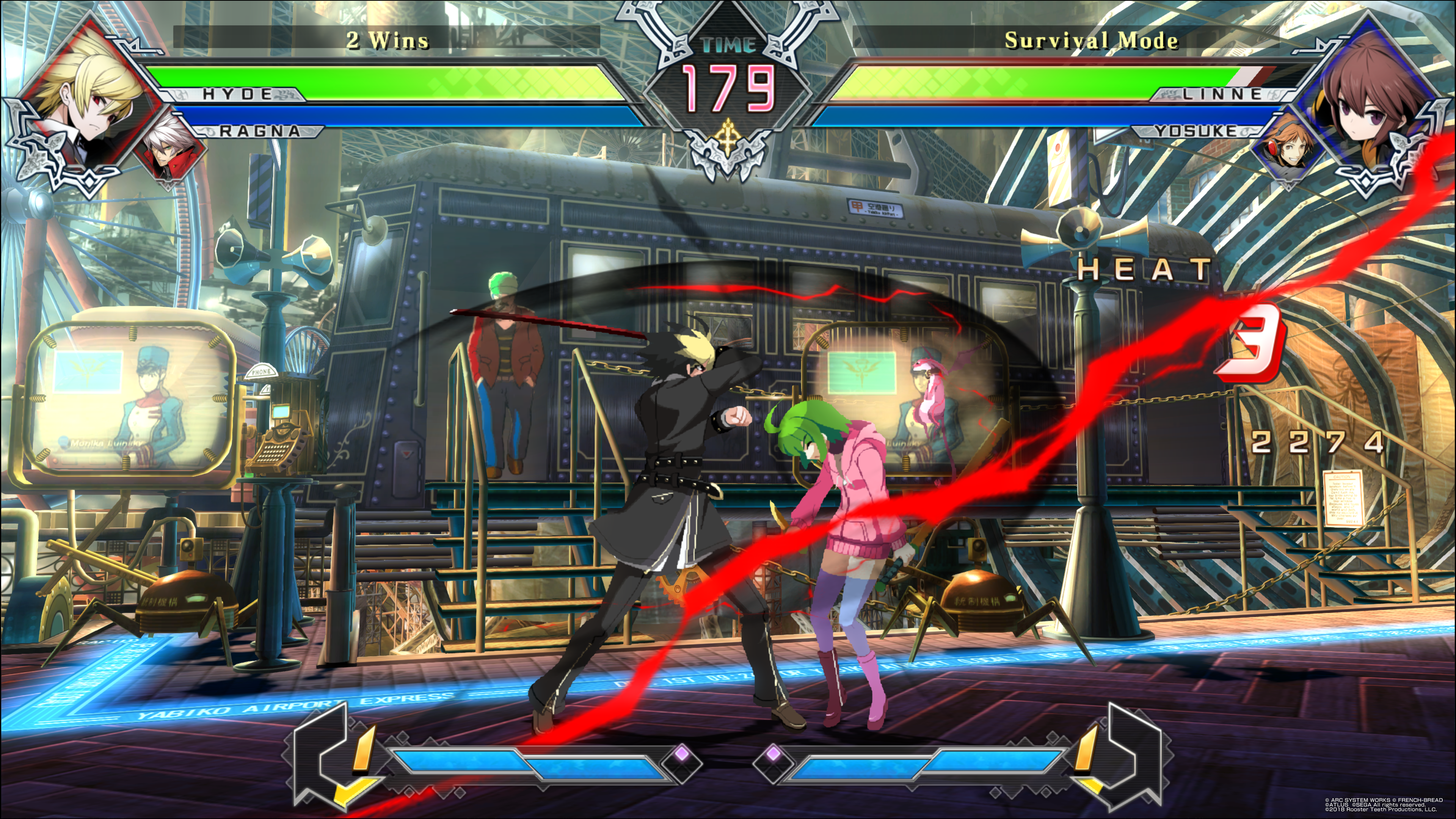
Despite this profound lack of fighting knowledge, I feel pretty at home with BlazBlue: Cross Tag Battle. While fighters in other games tend to move too slowly for my tastes, the roster here can blaze across the screen with ease. Most characters are equipped with tools to close the distance, whether it’s a standard dash or a special aerial lunge. Being backed into a corner never felt like a huge threat either, thanks to pushblocking, which shoves your opponent back if used correctly during a guard.
Not My First Rodeo
Of course, I learned how to deal with and counter enemy pressure in Dragon Ball FighterZ, as I’m sure many newcomers did. Cross Tag tries to build on that training in a way that makes sense. Not every character here has a ranged “ki blast” or “instant transmission” equivalent to close the distance and extend combos, but I was provided the right tools to bridge the gaps in my knowledge. Cross Tag has just enough similar mechanics and combos to feel familiar, and introduces new ones to feel fresh, new, and complex.
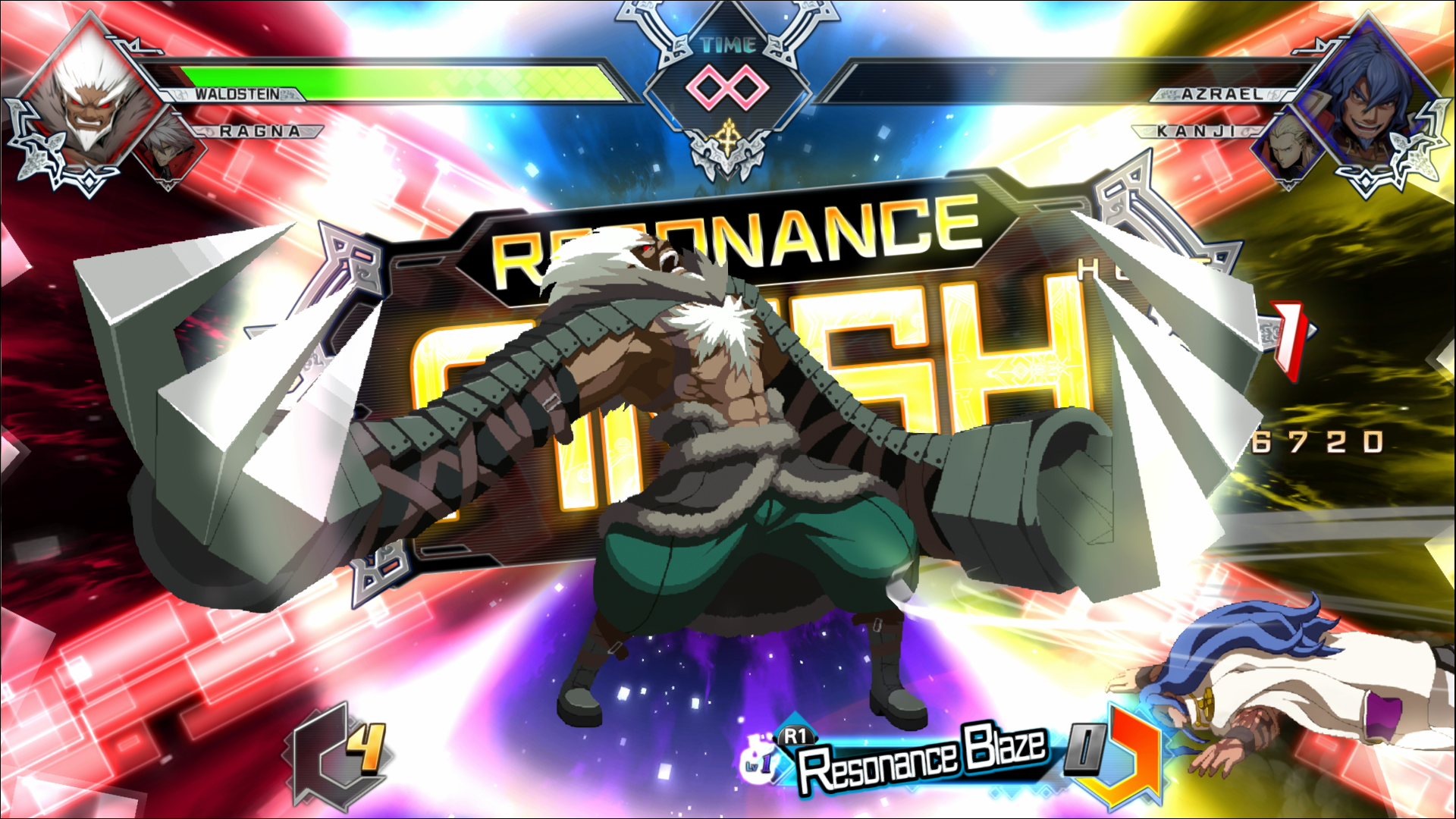
I understand that this entry isn’t even as deep or complicated as the main BlazBlue series, yet there are still times where I feel overwhelmed. Specials, jump cancels, Cross Combos, Reversals, Distortion Skills, and a wide array of allied attacks are all necessary in any level of play beyond Episode Mode. Many of these require some combination of quarter-circle stick movements and multiple button presses at once. Not that the inputs themselves are difficult; rather, the timing and comprehension behind every technique can be hard to grasp. It’s a lot to take in, though I’m sure experienced players will adjust much more quickly.
For instance, the combo chains found here are much more complex than what I’m accustomed to. Aerial combos, specifically, seem to have a much smaller window for input. This was the primary way to extend simple combos in FighterZ, and by playing the Combo Challenges, it seems to be the same for Cross Tag. Yet even after many attempts and in-game demonstrations, I struggle to complete some of these chains. It also feels like a throw into a combo has an abysmally small window to complete, requiring me to mash buttons just to start it. In the process, I miss the opportunity to craft an actual follow-up string. These are small hindrances in what is otherwise a really accessible fighting game for beginners, but hindrances nonetheless.
Four Paths Converge
Adding to that accessibility is the Episode Mode, which is Cross Tag’s equivalent of a campaign. This is basically a touchstone and entry point for each franchise’s fans. It also serves as a great segway from the game’s tutorial into higher level play. It’s not very difficult, making it the perfect playground for trying new combos or figuring out uses for situational skills. After completing all four episodes (one for each franchise) and an extra ending, I had won at least one match with practically every character in the game.
Even though these fights aren’t all that challenging, each storyline feels worth playing. Cross Tag could have been a cheap cash-in on four franchises at once. Instead, the plot and dialogue seem to be crafted with care. Personalities match up with their reference material and seem to do justice to the original characters. It can feel like an overcrowded fanfic at times, but it’s a well written, high quality fanfic. Characters like Ragna and Hyde have pretty great comedic timing, while others ground the experience and deliver info when needed.
If you’re like me and only know one franchise, it helps that, while talking, every character’s name is backdropped by a color corresponding to their series. BlazBlue is blue, Persona is yellow, and so on. Many fighters may make references to other characters and events you don’t know, though this withheld info never derails the experience. If anything, seeing Cross Tag’s myriad of mysterious interactions makes me want to experience each franchise individually.
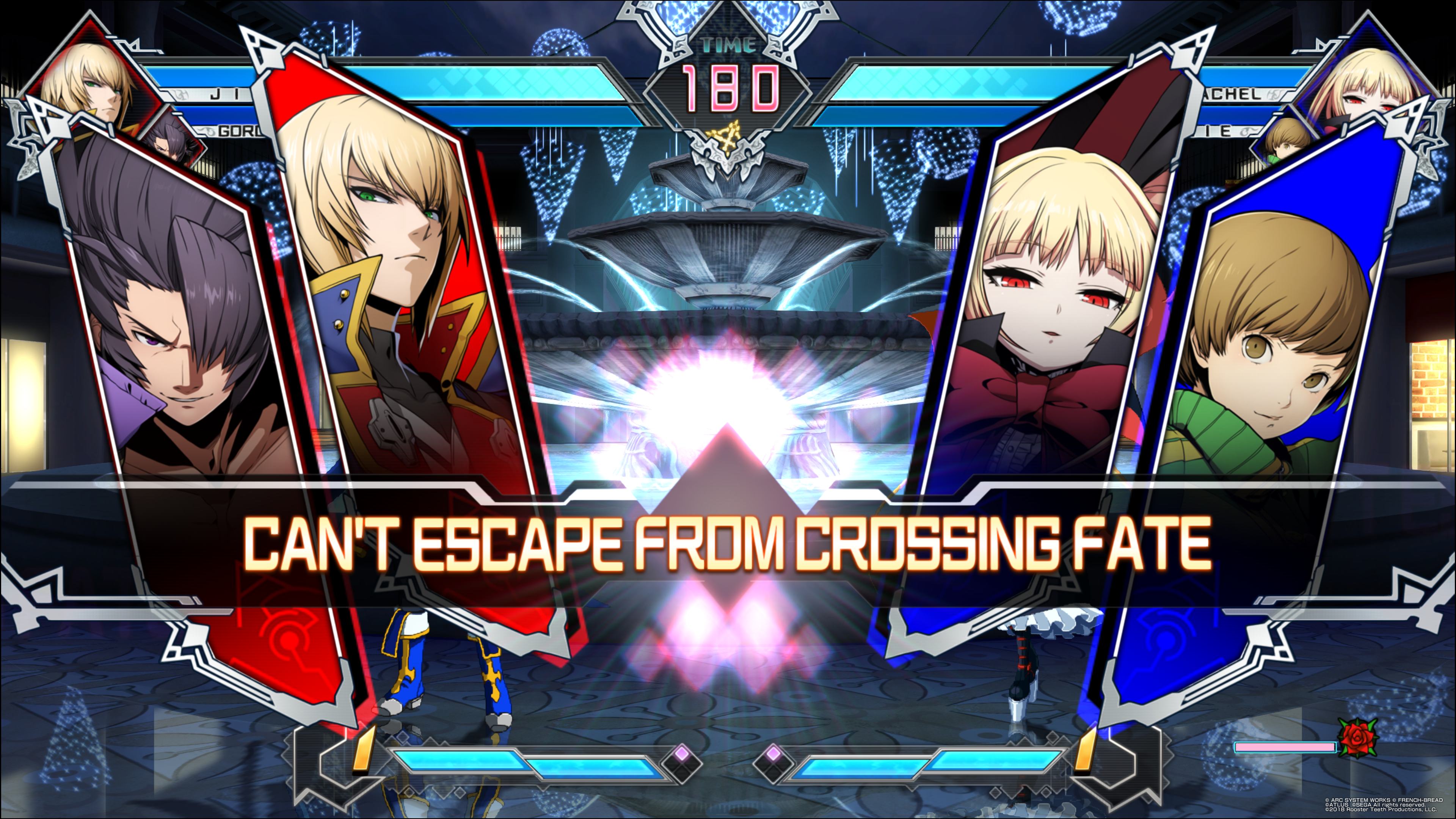
Can’t Escape from Crossing Fate
And really, the simple fact that Cross Tag is an amalgamation of multiple franchises makes it interesting. Each character is unique; some are focused on close-range swordfighting, while others are fine with flinging projectiles. Setting aside all competitive aspects, it’s plain fun to mess around with every fighter with a friend. It’s almost Smash Bros.-esque the way friends will recognize their favorites, then repeatedly pair them with other fighters to find the best combo.
The main complaint with this roster is that 40 fighters are planned, and only half of those are in the base game. Around 10 of these upcoming DLC characters are fought against in Episode Mode, too. This makes sense for characters like Kanji, who launches alongside the game and will be free for all players for two weeks, or Blake, who will be free forever. But some, like Aegis or Vatista, don’t make sense. They’re not being released any time soon, so why put in their unfinished form? It feels like cheap advertising for DLC, even though it serves as a sneak peek for their upcoming movesets.
Chances are, you already know if you’re in Cross Tag’s intended audience. If you’re an avid anime fan, understand fighting games, and know one or more of the included series, you’ll love everything here. Even if you fall into only one or two of these subsets, this may be up your alley. The mechanics are solid, and mostly provide the perfect environment for beginners to transition to the more complex styles introduced in other Arc System Works games. I’d say it’s also just complicated enough to intrigue fighting veterans. Setting aside the DLC-based blemish, the roster is packed with unique, fun-to-play fan-favorite characters. The Episode Mode delights, and successfully hones the panache of all four franchises. BlazBlue: Cross Tag Battle offers a little of everything for everyone, and does so in splendid fashion.
BlazBlue: Cross Tag Battle review code provided by publisher. Version 1.02 reviewed on a PlayStation 4 Pro. For more information on scoring please see our Review Policy here.
-
Usually accessible for beginners or relatively new players
-
Entertaining, funny story mode, staying true to personalities
-
All-star roster, appealing to a wide fanbase
-
Inclusion of unreleased, paid fighters in campaign
-
Lengthy and complex combo extensions, which likely won't be a problem for fighting veterans
Cross Tag Review
-
BlazBle: Cross Tag Battle Review
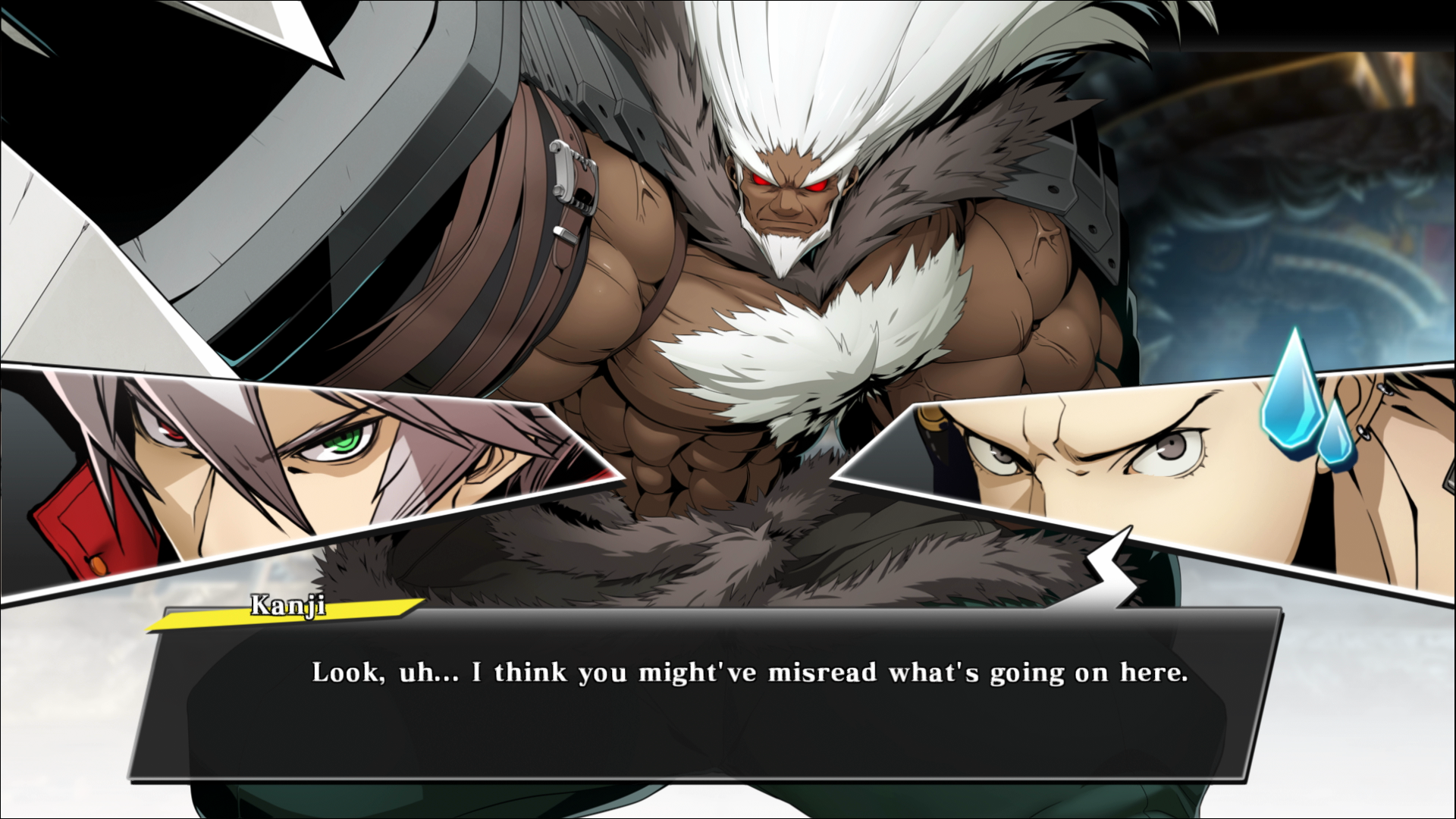
-
BlazBle: Cross Tag Battle Review
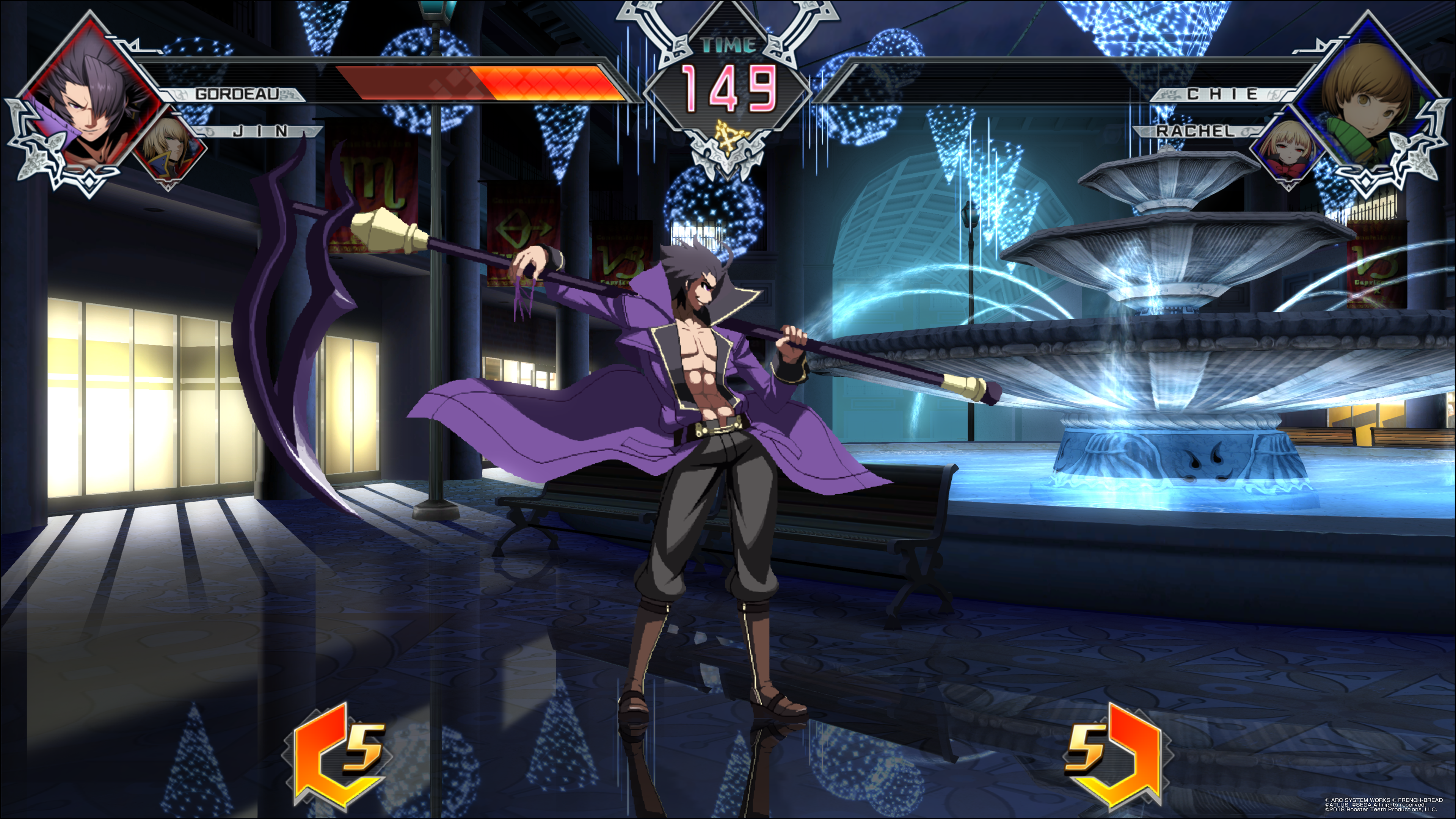
-
BlazBle: Cross Tag Battle Review
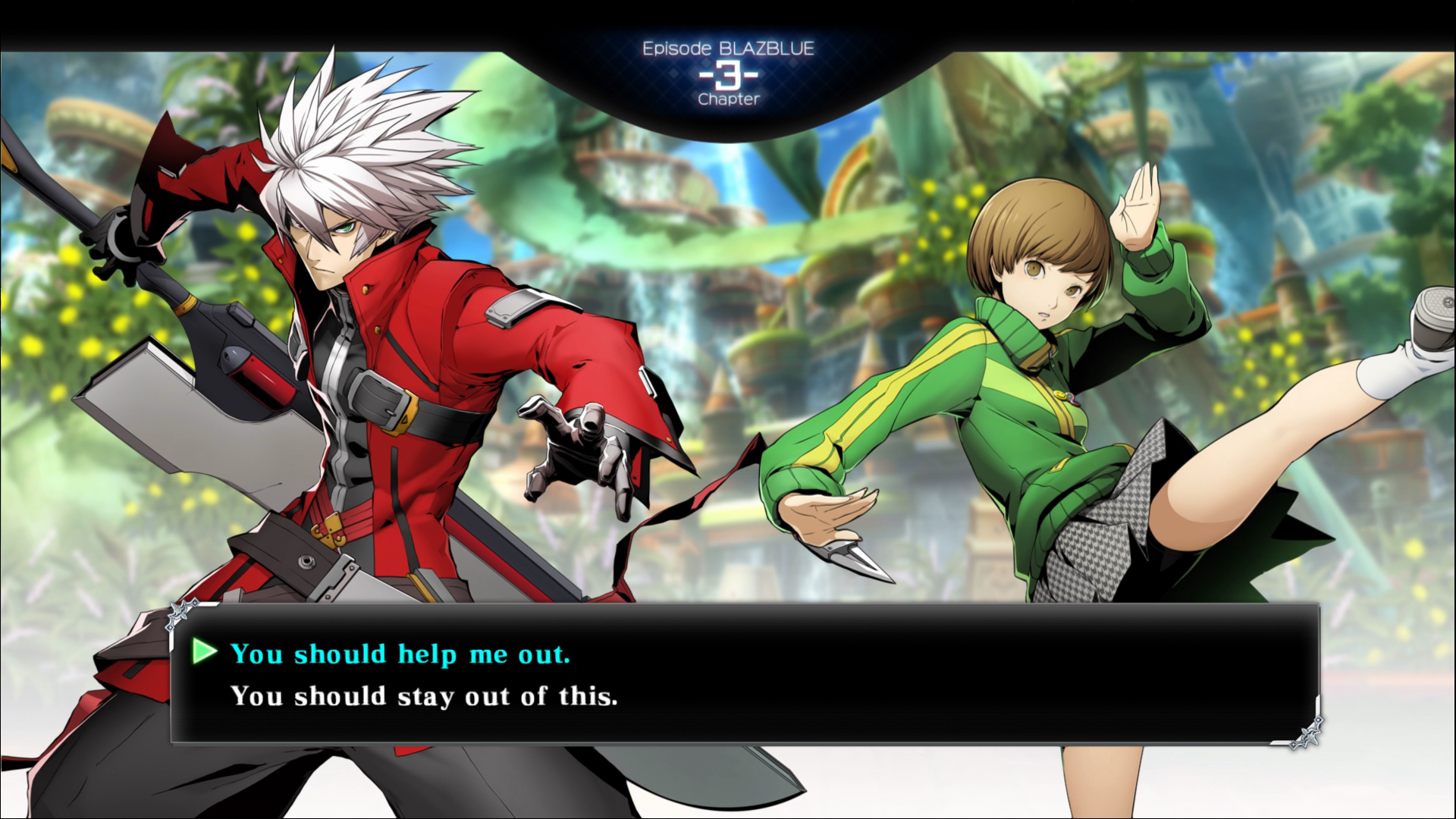
-
BlazBle: Cross Tag Battle Review
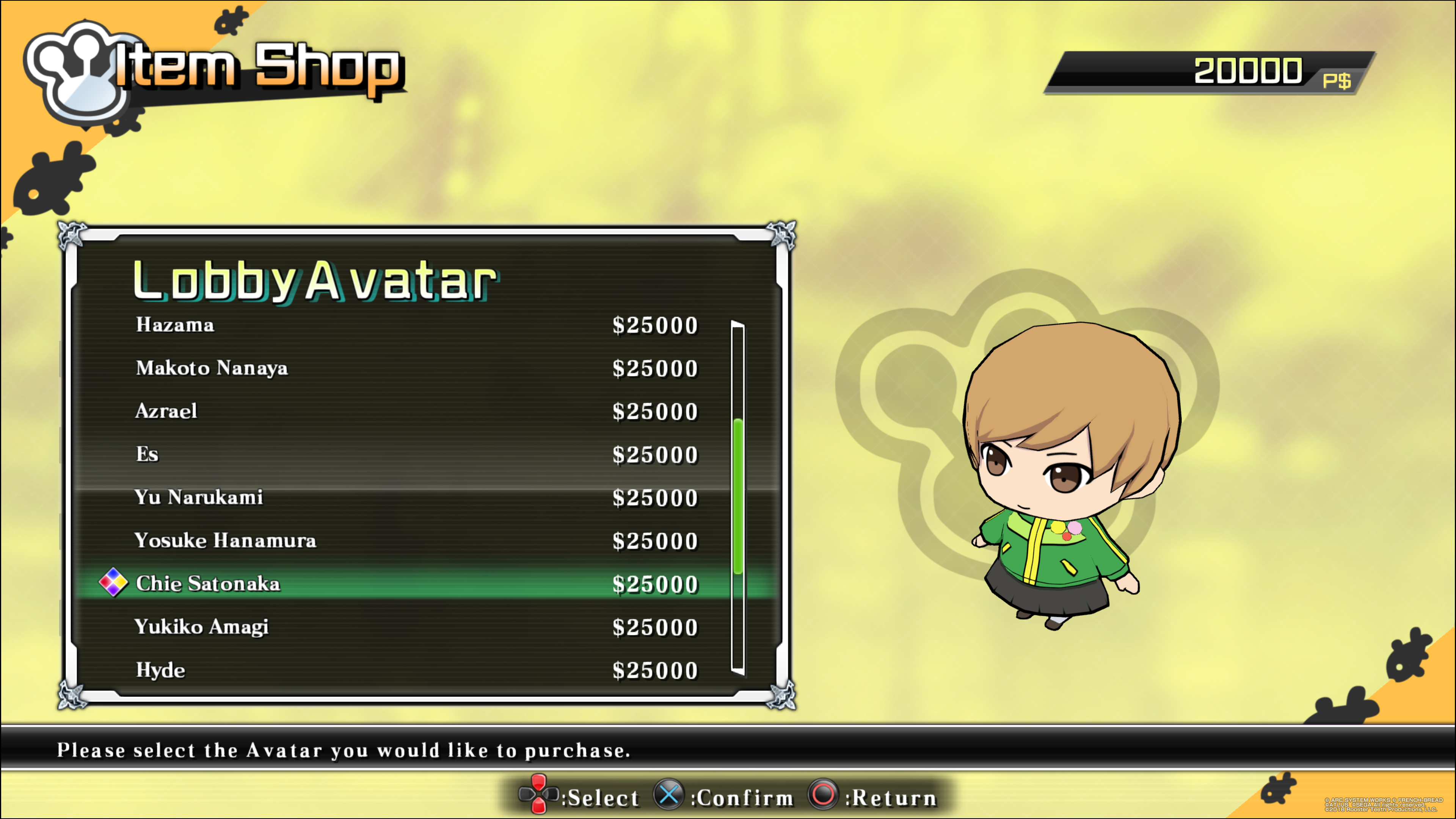
-
BlazBle: Cross Tag Battle Review
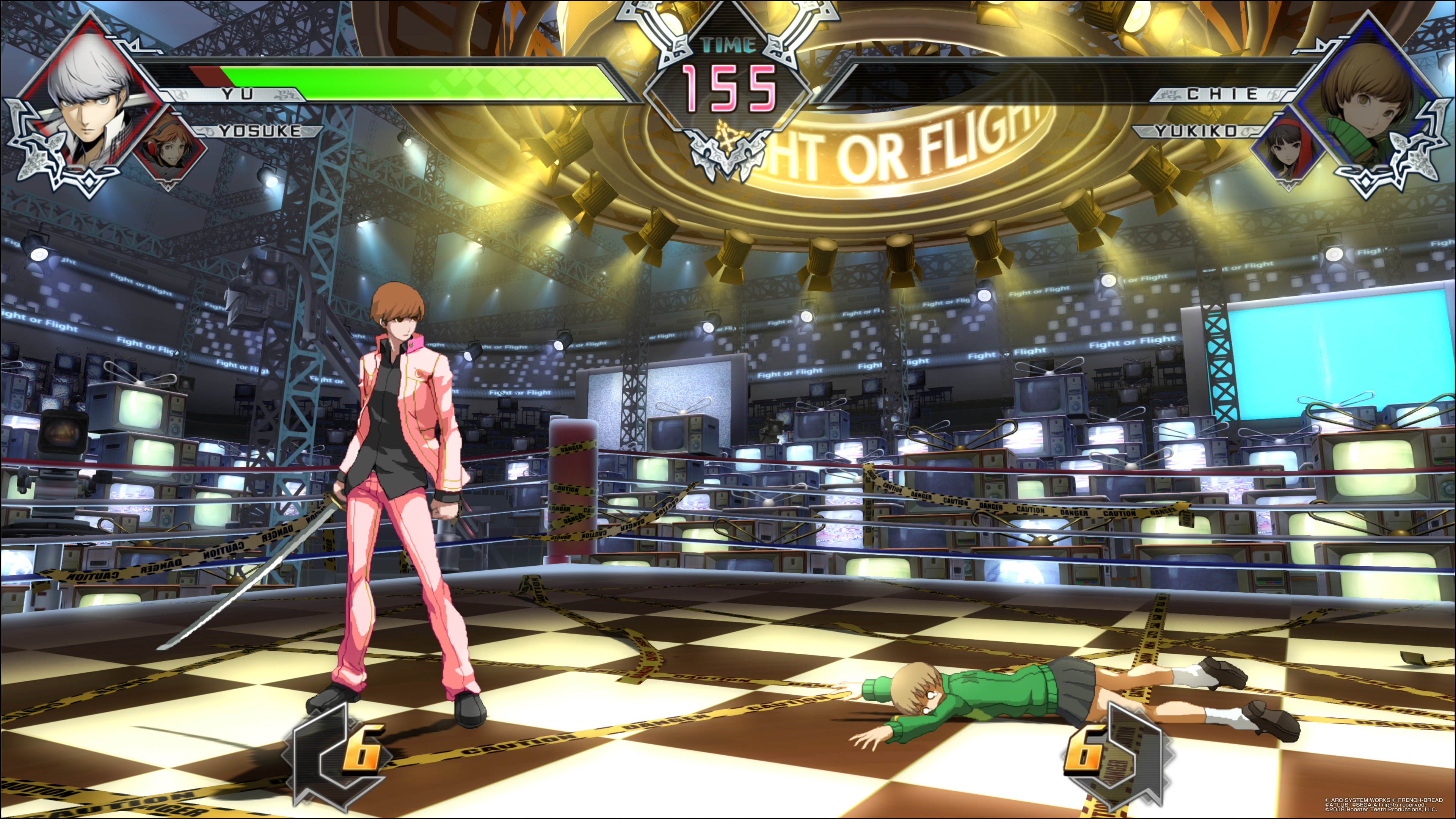
-
BlazBle: Cross Tag Battle Review
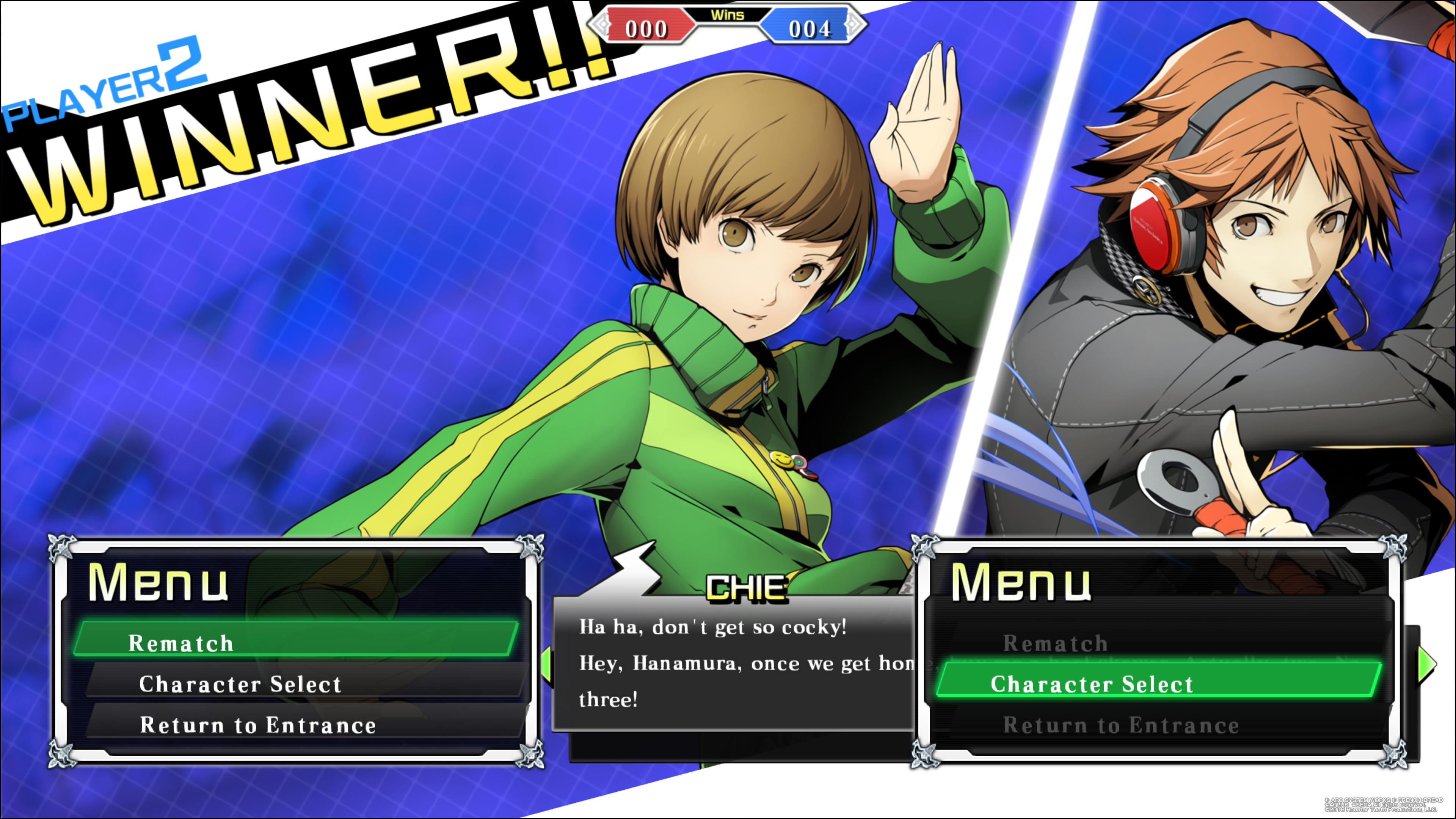
-
BlazBle: Cross Tag Battle Review
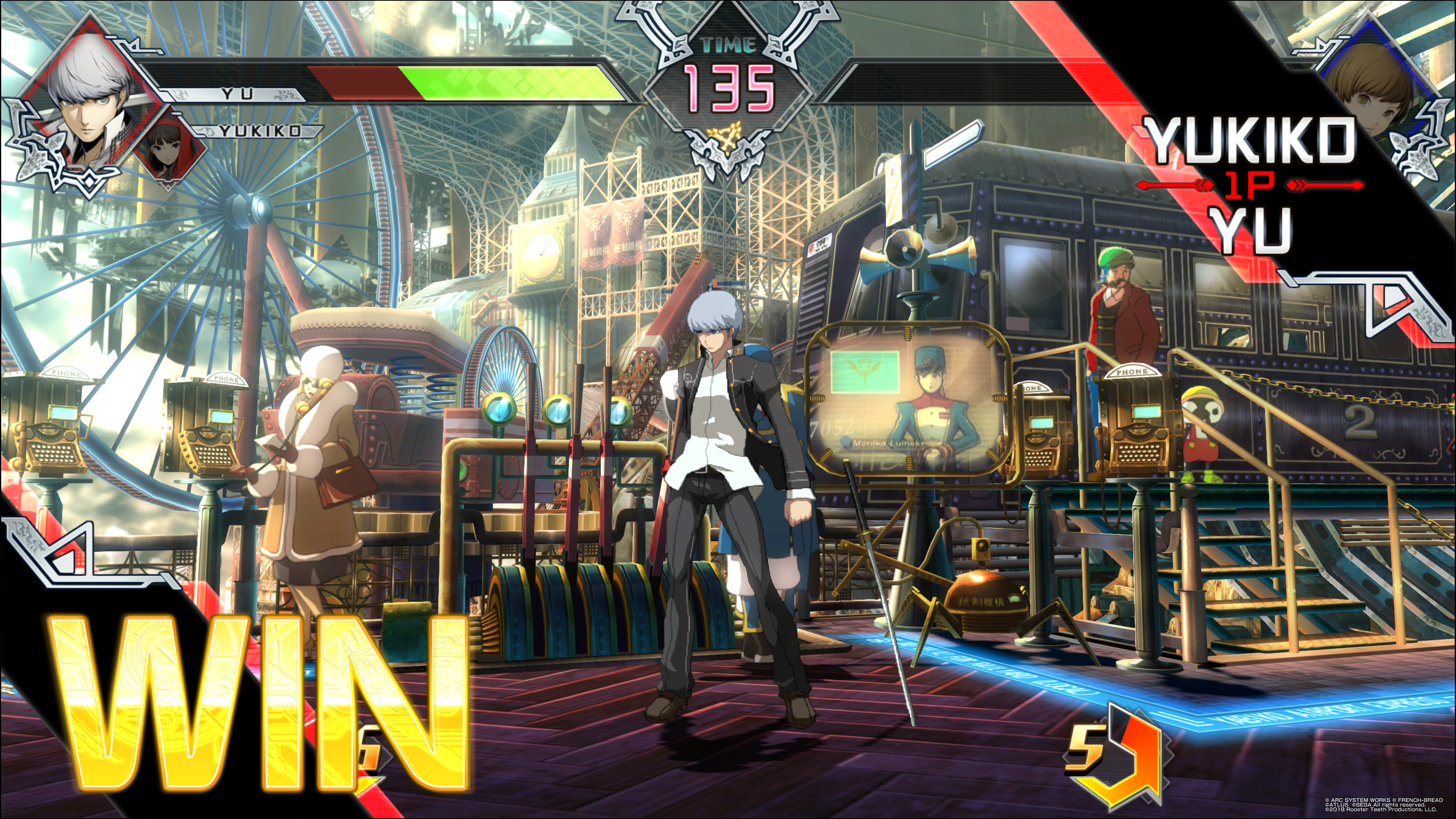
-
BlazBle: Cross Tag Battle Review
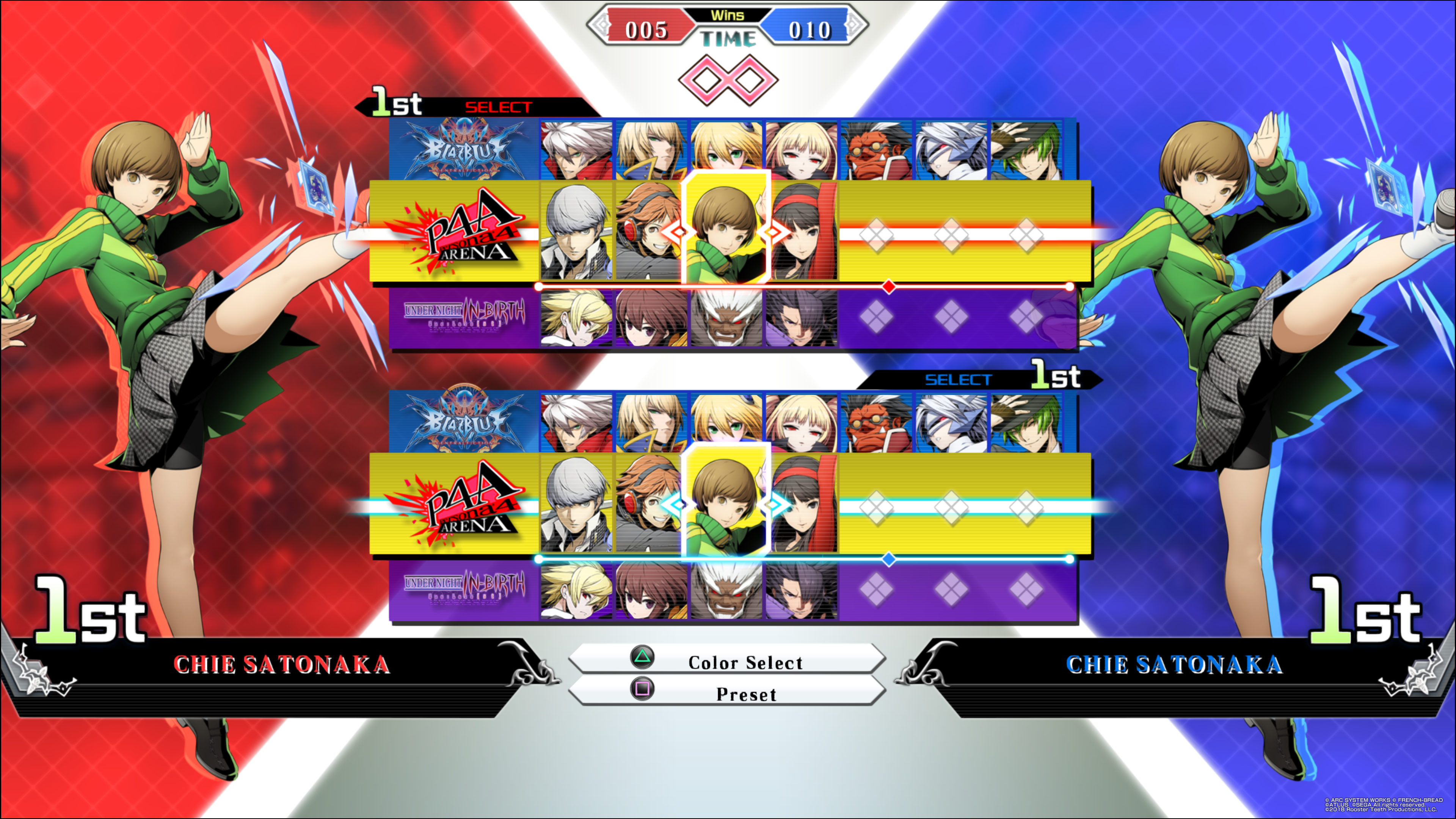
-
BlazBle: Cross Tag Battle Review
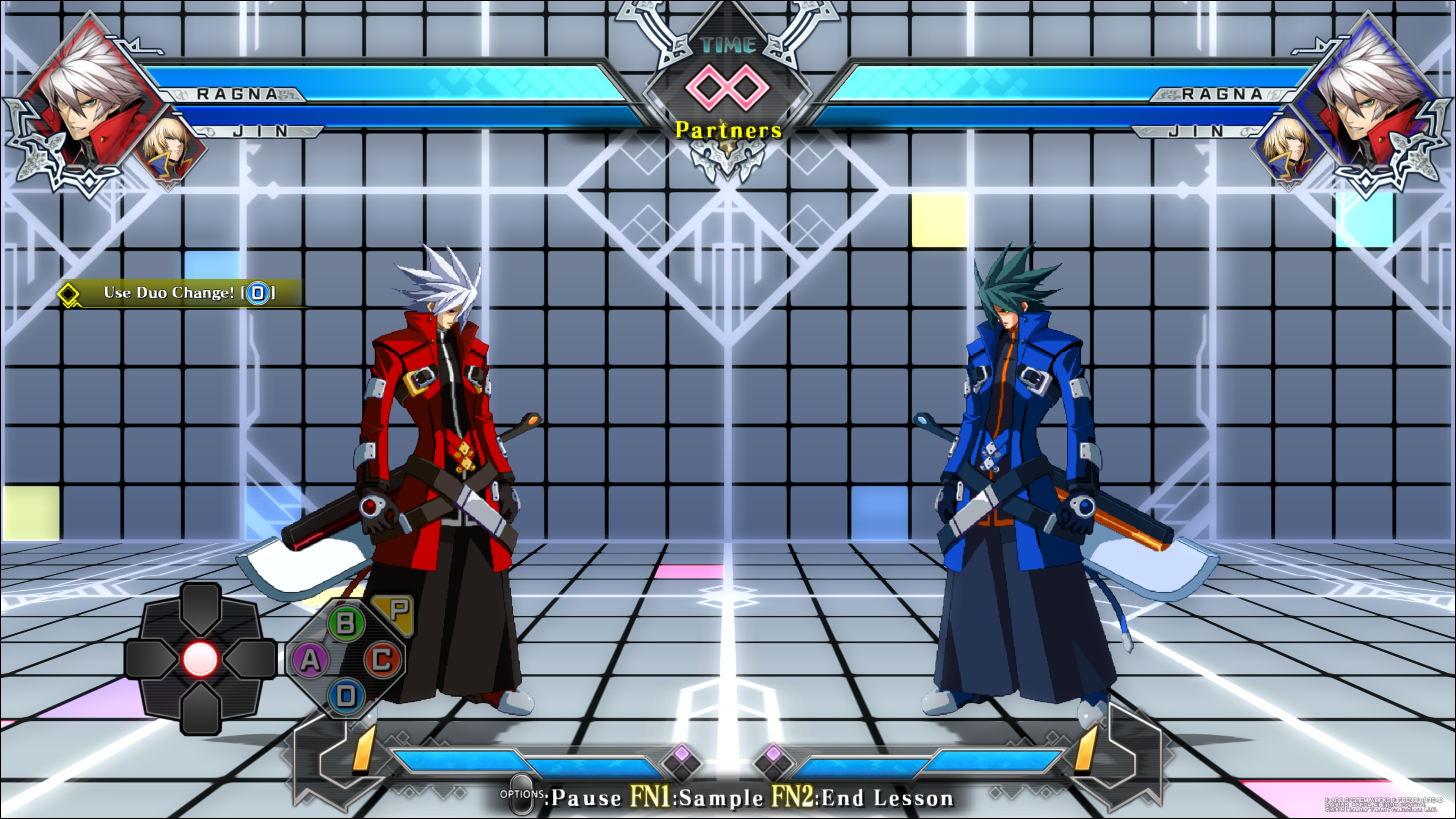
-
BlazBle: Cross Tag Battle Review
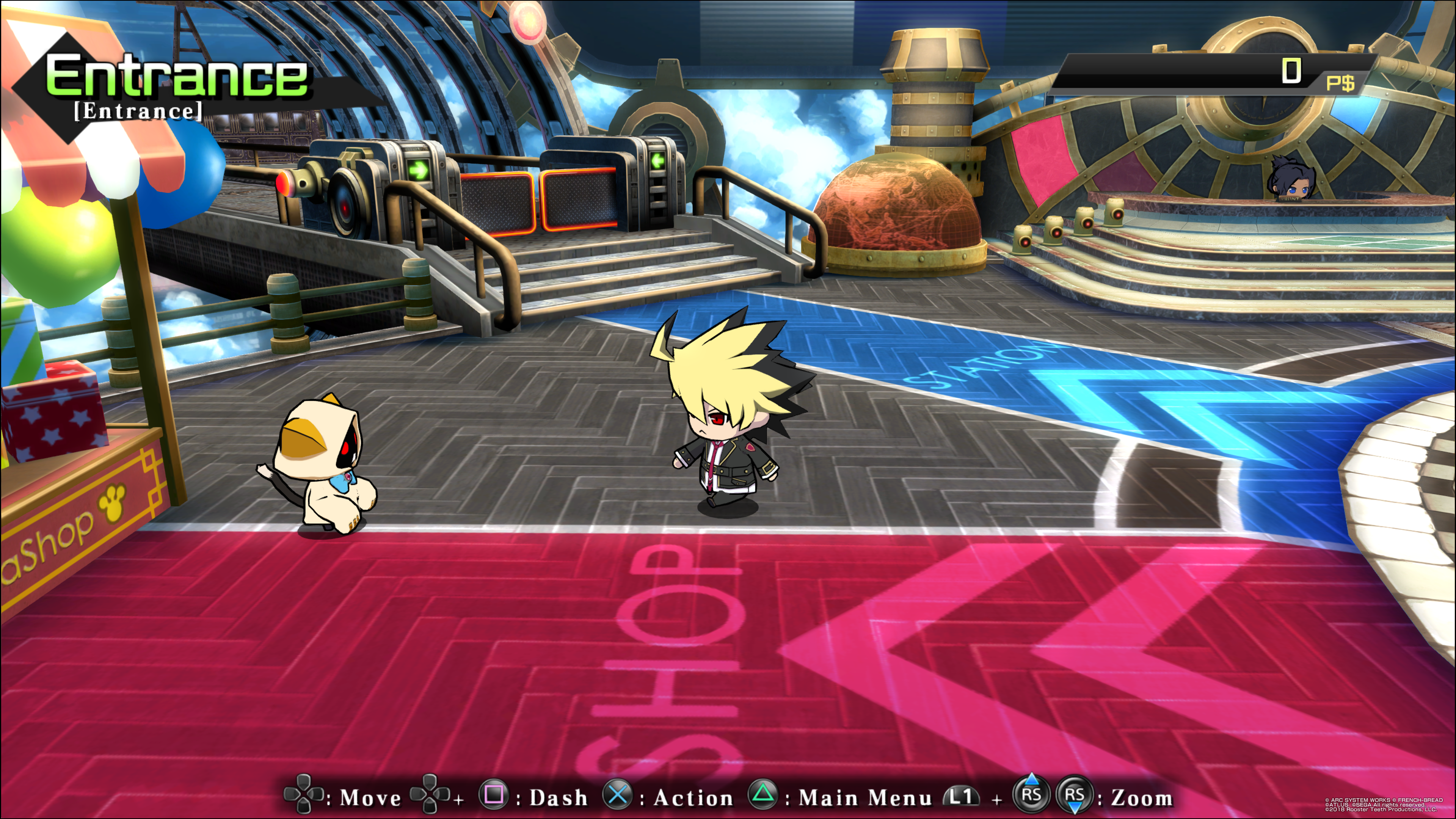
-
BlazBle: Cross Tag Battle Review
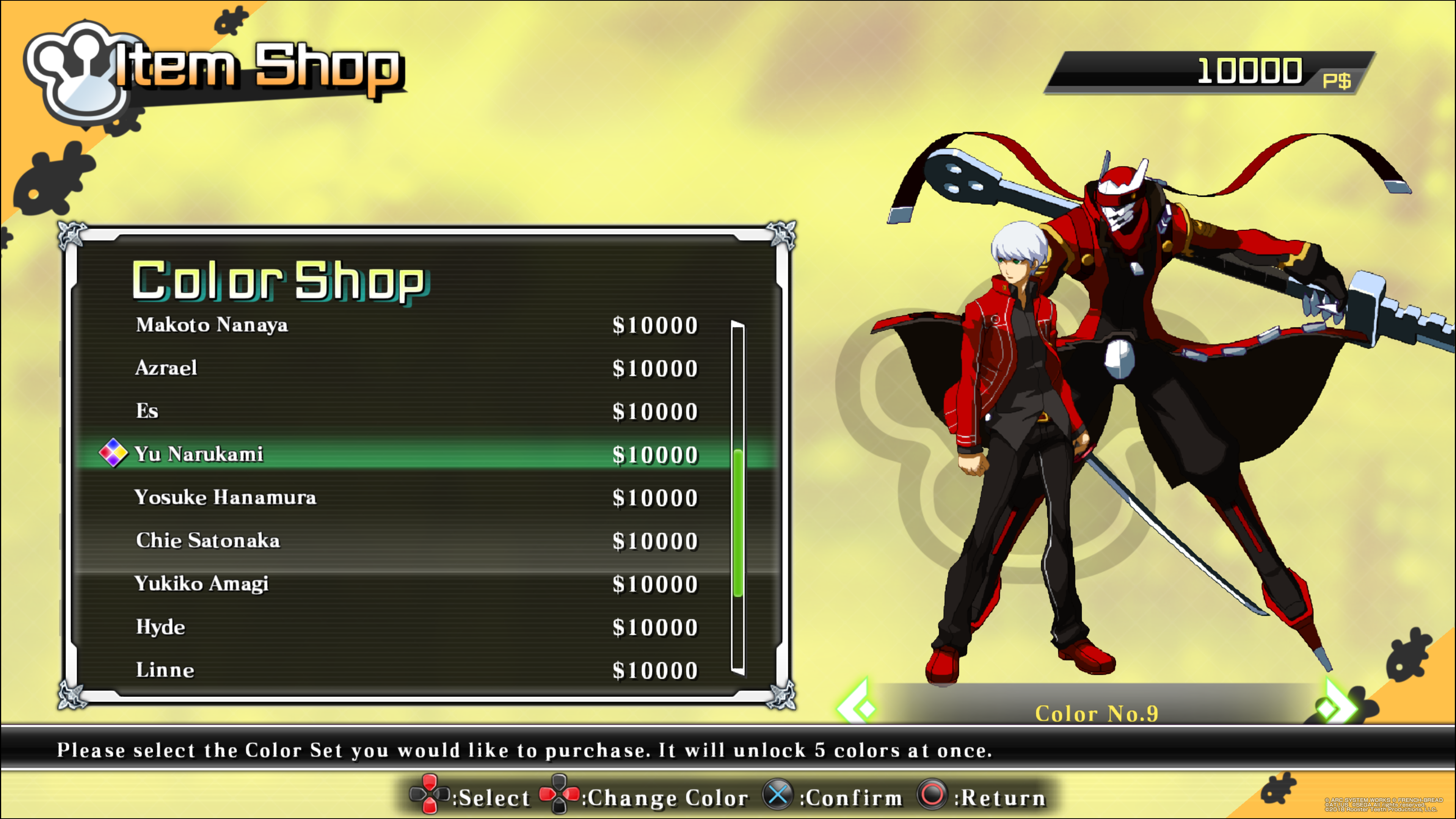
-
BlazBle: Cross Tag Battle Review
